Francine attended the Unlock Leadership for Change (UL4C) training with WAGGGS in partnership with ISYMP (International Foundation Young Masters Program) and funded by the Swedish Postcode Lottery Foundation.

Here she tells WAGGGS why bringing girls into the conversation is so important.
“The aftermath of the Millennium Development Goals oversaw the rise of modern problems and the reframing of the United Nations’ agenda to include the concerns of various sectors among its member nations. From the eight goals in the MDGs, the ideals of this generation have expanded to the 17 Sustainable Development Goals (SDGs) that we know today.
Poverty, hunger, and inequality are among the challenges that girls and young women face worldwide. As a Girl Scout, I believe that campaigning and advocating for the SDGs in a platform that reaches over 10 million girls is necessary to raise awareness about the existence of these societal needs and as such enable people to come together to create a tangible solution.
In October 2019, I joined 20 other SDG advocates in Malmö, Sweden for Unlock Leadership for Change training. At the heart of a city that values the SDGs by incorporating it in their municipal agenda, I had a glimpse of what our world could be in 2030.

Gone With the Time
Sound the alarm! We only have eleven years left to accomplish 17 goals, 169 targets, and 232 indicators that would increase the standard of life of people living in over 193 countries. More than just learning about the Global Goals, we had a discourse on why the goals were structured the way that they are and how they are being made more accessible to the target beneficiaries.
Instead of a hierarchy of needs, the Goals were presented to us as an interwoven fabric of society that are interconnected at every point, indivisible from each other, and equal in all circumstances. Being the fabric that would hold society together, it depended on the communities under it to unite in pursuit of a common vision despite their differences in background, geography, interest, and situation.
It was the sense of urgency coupled with the devastating statistics that seemed to increase without bounds that gave birth to a renewed and strengthened interest in this advocacy. In our minds, we have crossed the finish line long before we started.
The Guardians of the Earth
Coming from all corners of the globe, the participants brought with them a variety of skill sets, information, and ideas that laid the groundwork for crowd learning. Each one identified a problem in their country that corresponded to an SDG and by sharing it to the group was able to think of ways to solve it. The free exchange of thoughts facilitated an avenue for active participation and the development of 21st century skills like collaboration and communication, which are essential, attributes in leading for the Goals.
When we were grouped into our respective regions, I began evaluating the needs of the Asia Pacific Region that are parallel across all Member Organizations (MOs) to come up with our regional plan. There were periods where our group was convinced that we needed to work on all the Goals but it was through the application of the WAGGGS Leadership Mindsets that helped us to not lose track of our objectives as well as assess our capability to accomplish the tasks that we envision. From the seventeen goals, we decided to focus on SDG 2 (Zero Hunger), SDG 4 (Quality Education), and SDG 13 (Climate Action).
The regional plan became our basis to form our respective plans of action for our MOs. During this activity, my MO partner and I walked through the different programs and activities that we are conducting back home. Our current focus is on decreasing the prevalence of malnutrition in the Philippines through the Girl Powered Nutrition program and on bridging the gap of young women in governance positions through leadership – centered projects such as the National Gathering of Girl Representatives and the Chief Girl Scout Medal Scheme. However, I noticed that access to quality education was not highlighted as much as the other concerns and, being a school–based organization, this made me reconsider our priorities.
Hence, we made SDG 4 (Quality Education) the subject of our action plan with an aim develop the critical learning skills of 100,000 girls and young women ages 6 to 18 in the Philippines through supplementary non – formal education that shall be launched on June 2021. We will also come up with a proposal for the Department of Education that would enable our plan to complement their existing curriculum for students enrolled in preschool up until high school. In addition, the wagggs.thegoals.org will be utilized for the capacity building workshops and trainings of the troop leaders and teachers who will take part in the plan.
May the Force be with us
In 2015, when the SDGs were first launched, I did not feel the urgency to move mountains and to hurdle challenges in order to realize a dream of a generation that would eliminate world issues while cultivating a sustainable lifestyle. Truth be told, it seemed impossible and improbable for a country like ours. Often we think that the world is too muddled with anger, pain, hate, and apathy that there is no more room for change. This is exactly how advocating for the SDGs could feel like at the beginning. However, we are limited only because we are convinced that we can only work with what is presented to us that we forget to look at the bigger picture and reach towards the horizon.
Now, imagine a world where there is no poverty, hunger, and inequality. Imagine a world where everyone had access to quality education. Imagine her world.
Because whenever I close my eyes, that is what I see.”
